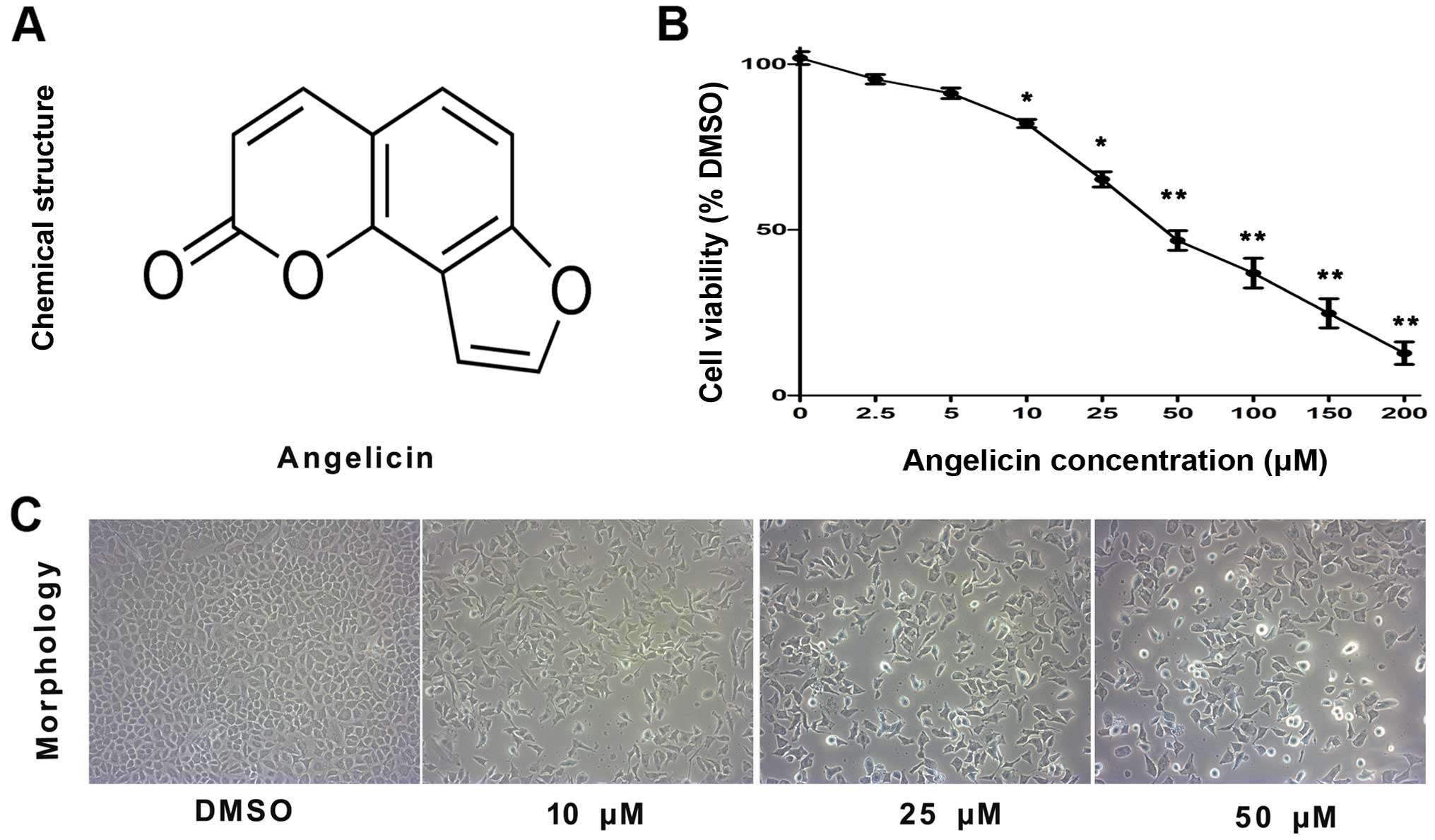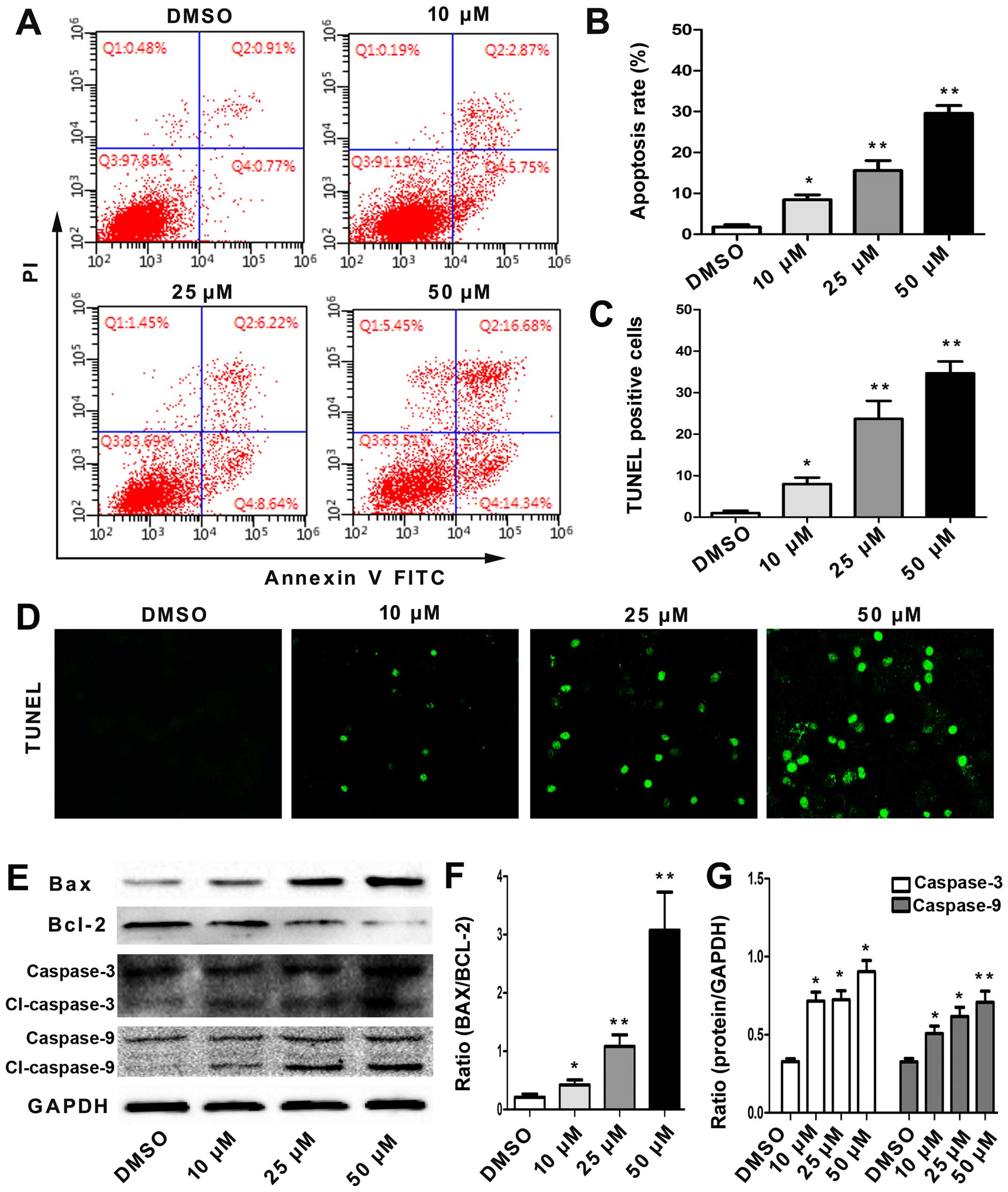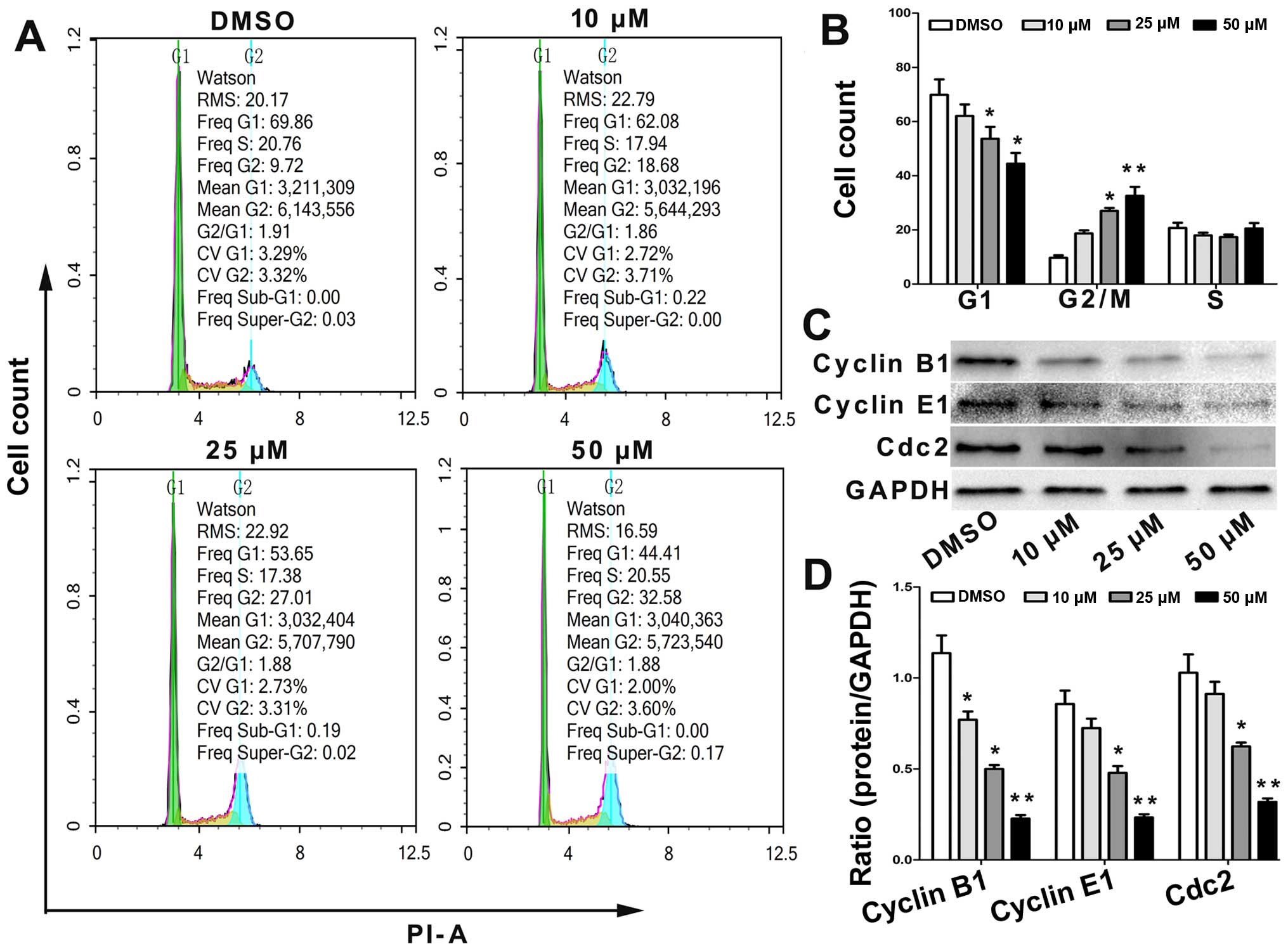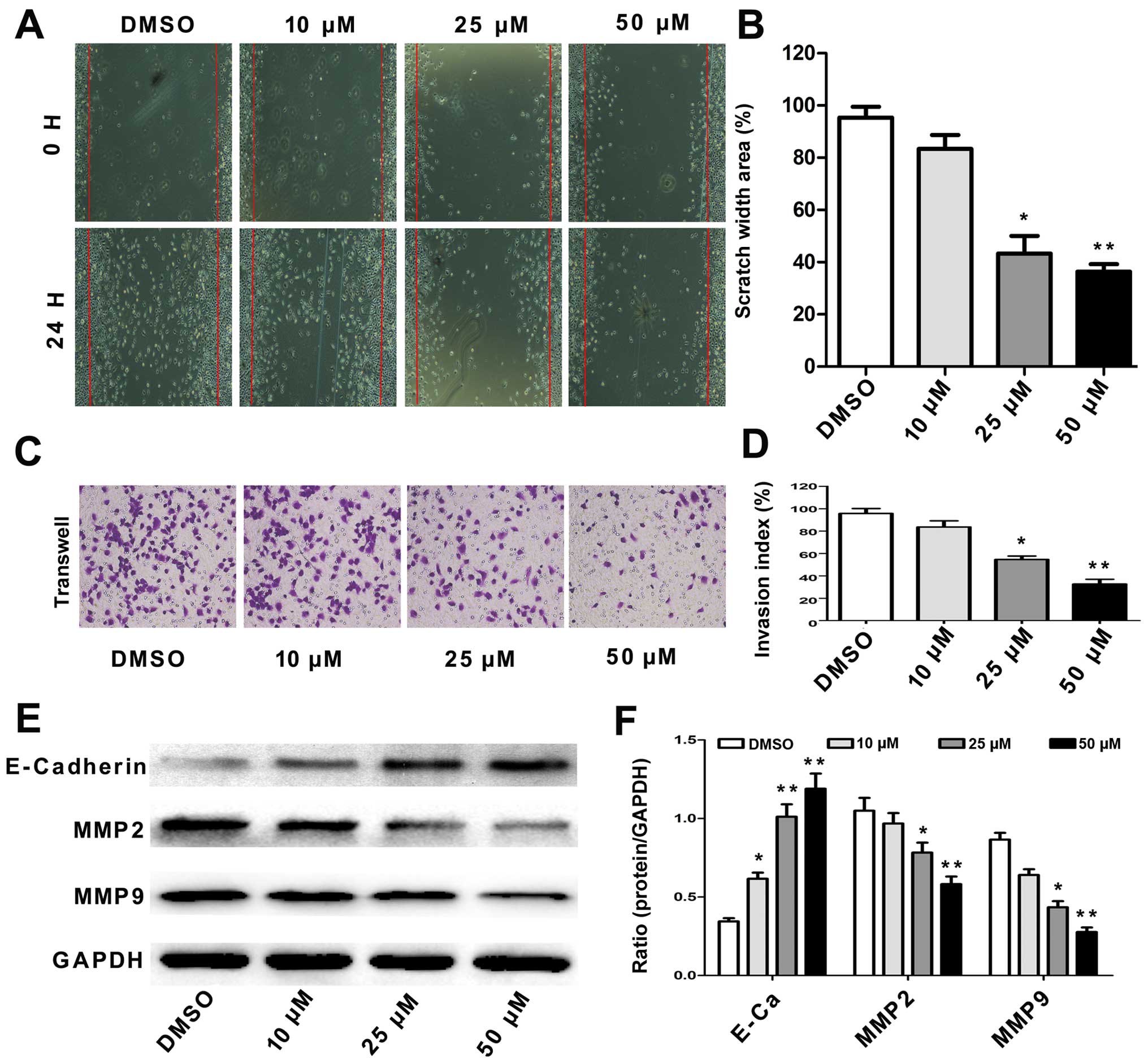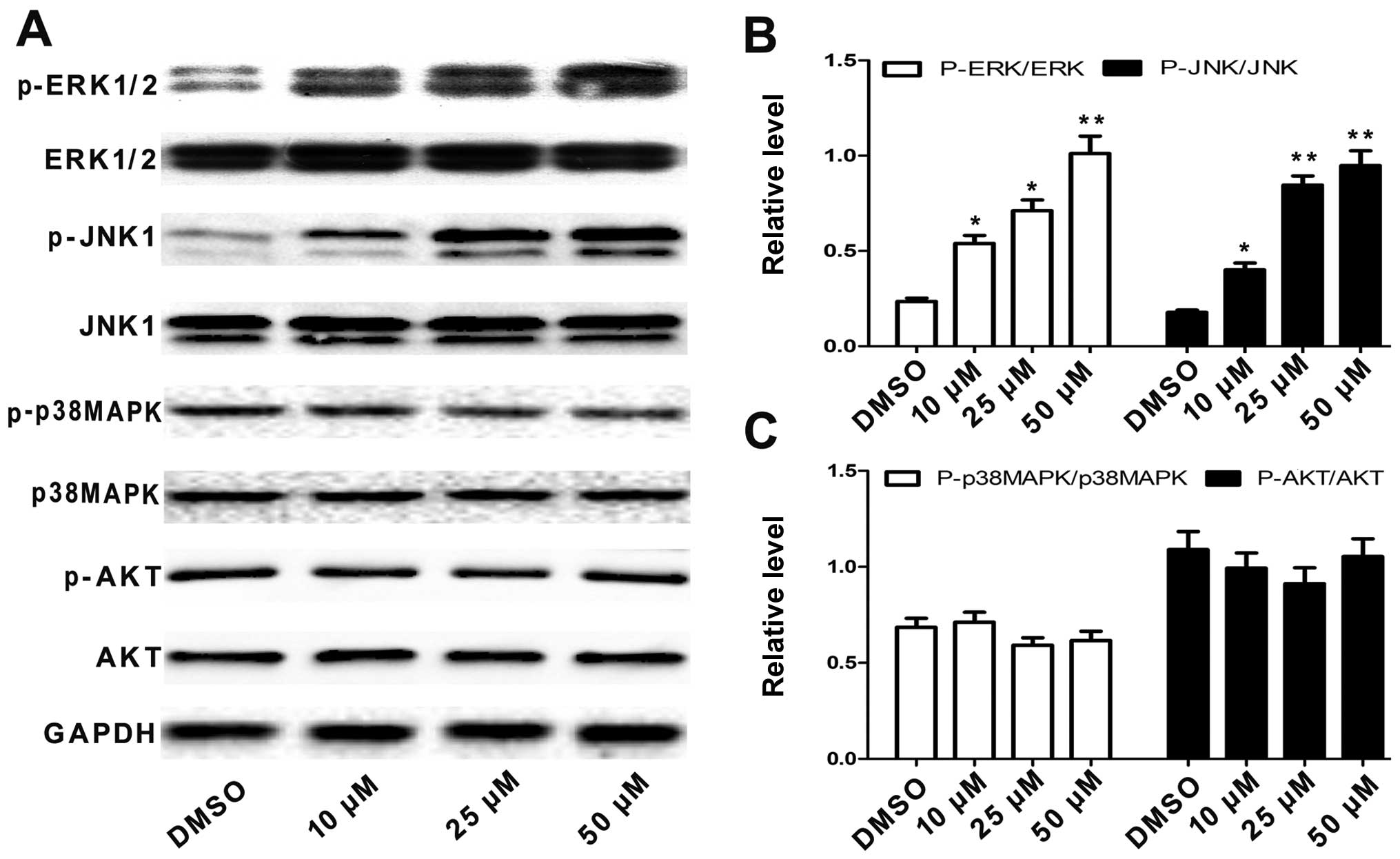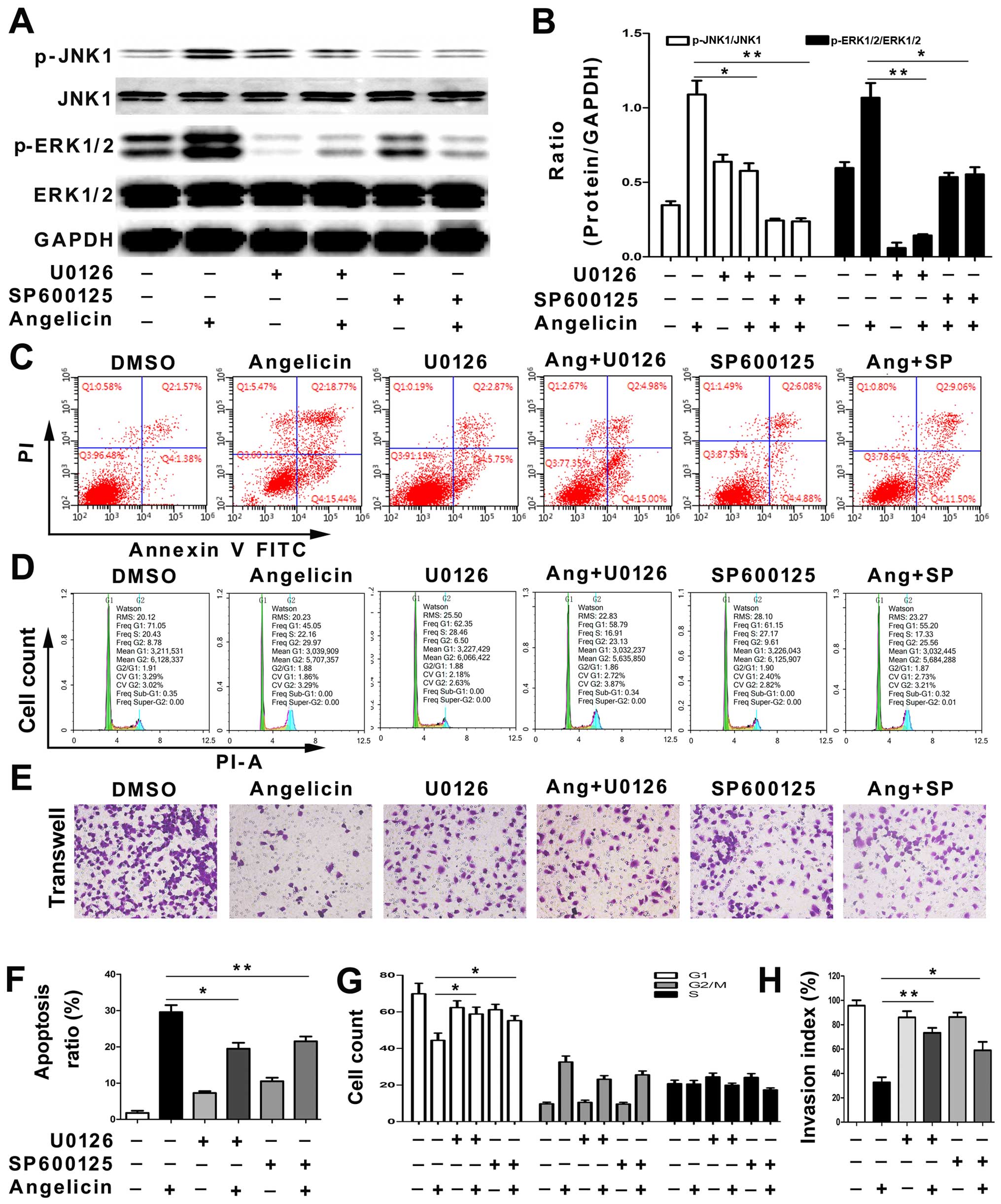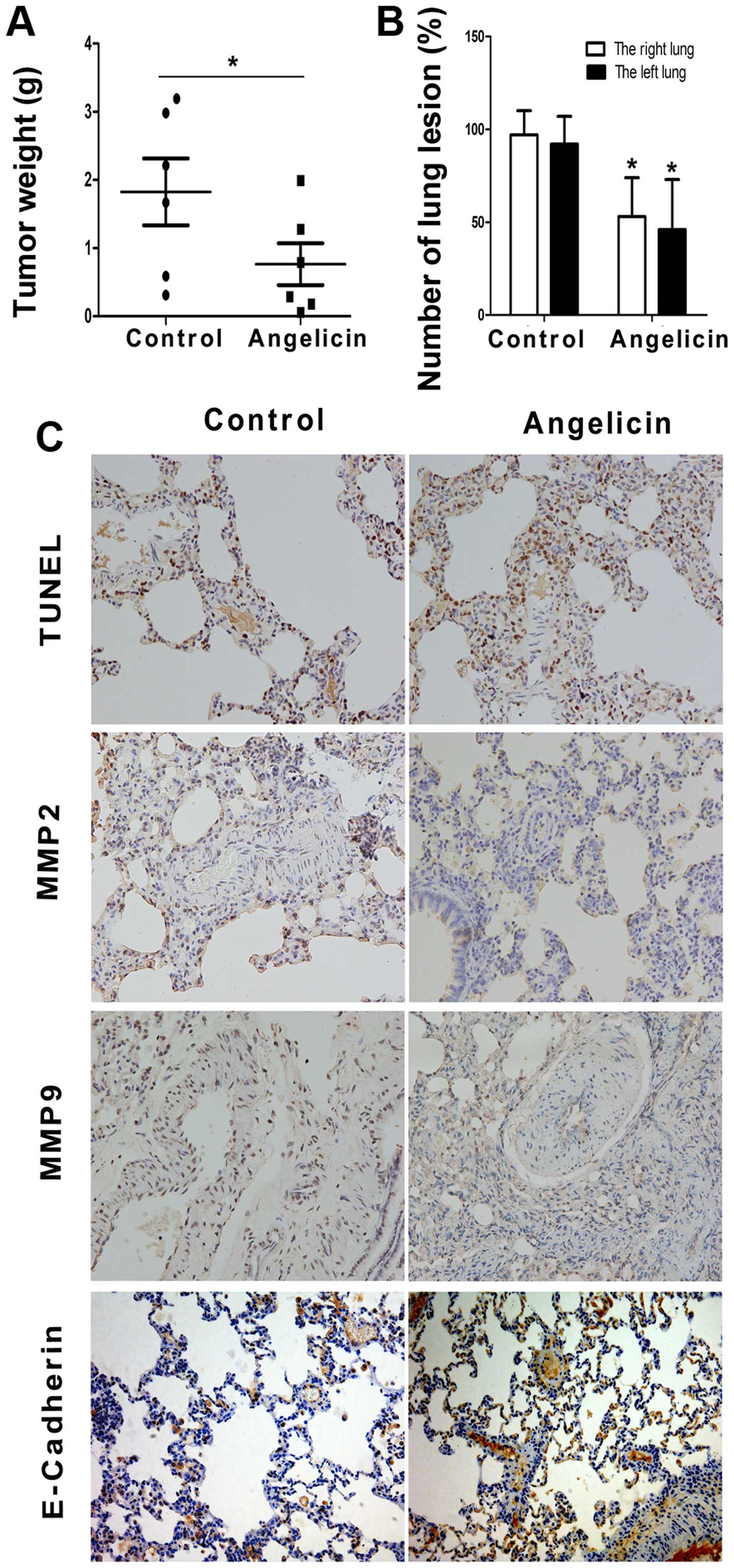|
1
|
Pusceddu S, Lo Russo G, Macerelli M, Proto
C, Vitali M, Signorelli D, Ganzinelli M, Scanagatta P, Duranti L,
Trama A, et al: Diagnosis and management of typical and atypical
lung carcinoids. Crit Rev Oncol Hematol. 100:167–176. 2016.
View Article : Google Scholar : PubMed/NCBI
|
|
2
|
Villaruz LC and Socinski MA: Is there a
role of nab-paclitaxel in the treatment of advanced non-small cell
lung cancer? The data suggest yes. Eur J Cancer. 56:162–171. 2016.
View Article : Google Scholar : PubMed/NCBI
|
|
3
|
Bremnes RM, Busund LT, Kilvær TL, Andersen
S, Richardsen E, Paulsen EE, Hald S, Khanehkenari MR, Cooper WA,
Kao SC, et al: The role of tumor-infiltrating lymphocytes in
development, progression, and prognosis of non-small cell lung
cancer. J Thorac Oncol. 11:789–800. 2016. View Article : Google Scholar : PubMed/NCBI
|
|
4
|
Sibille A, Paulus A, Martin M, Bourhaba M,
Barthélemy N, Radermecker M, Corhay JL, Louis R and Duysinx B:
Management of non-small cell lung cancer. Rev Med Liege.
70:432–441. 2015.(In French). PubMed/NCBI
|
|
5
|
Shea M, Costa DB and Rangachari D:
Management of advanced non-small cell lung cancers with known
mutations or rearrangements: latest evidence and treatment
approaches. Ther Adv Respir Dis. 10:113–129. 2016. View Article : Google Scholar : PubMed/NCBI
|
|
6
|
Sidaway P: CNS cancer: distinct subtypes
of ATRTs observed. Nat Rev Clin Oncol. 13:2642016. View Article : Google Scholar
|
|
7
|
Lee WS, Park YL, Kim N, Oh HH, Son DJ, Kim
MY, Oak CY, Chung CY, Park HC, Kim JS, et al: Myeloid cell
leukemia-1 is associated with tumor progression by inhibiting
apoptosis and enhancing angiogenesis in colorectal cancer. Am J
Cancer Res. 5:101–113. 2014.PubMed/NCBI
|
|
8
|
Li HX, Fu XJ, Yang K, Chen D, Tang H and
Zhao Q: The clock gene PER1 suppresses expression of tumor-related
genes in human oral squamous cell carcinoma. Oncotarget.
7:20574–20583. 2016.PubMed/NCBI
|
|
9
|
Jara P, Calyeca J, Romero Y, Plácido L, Yu
G, Kaminski N, Maldonado V, Cisneros J, Selman M and Pardo A:
Matrix metalloproteinase (MMP)-19-deficient fibroblasts display a
profibrotic phenotype. Am J Physiol Lung Cell Mol Physiol.
308:L511–L522. 2015. View Article : Google Scholar : PubMed/NCBI
|
|
10
|
Pan B, Ren H, Ma Y, Liu D, Yu B, Ji L, Pan
L, Li J, Yang L, Lv X, et al: High-density lipoprotein of patients
with type 2 diabetes mellitus elevates the capability of promoting
migration and invasion of breast cancer cells. Int J Cancer.
131:70–82. 2012. View Article : Google Scholar : PubMed/NCBI
|
|
11
|
Rahman MA, Kim NH, Yang H and Huh SO:
Angelicin induces apoptosis through intrinsic caspase-dependent
pathway in human SH-SY5Y neuroblastoma cells. Mol Cell Biochem.
369:95–104. 2012. View Article : Google Scholar : PubMed/NCBI
|
|
12
|
Bordin F, Dall'Acqua F and Guiotto A:
Angelicins, angular analogs of psoralens: chemistry, photochemical,
photobiological and phototherapeutic properties. Pharmacol Ther.
52:331–363. 1991. View Article : Google Scholar : PubMed/NCBI
|
|
13
|
Mosti L, Lo Presti E, Menozzi G, Marzano
C, Baccichetti F, Falcone G, Filippelli W and Piucci B: Synthesis
of angelicin heteroanalogues: preliminary photobiological and
pharmacological studies. Farmaco. 53:602–10. 1998. View Article : Google Scholar : PubMed/NCBI
|
|
14
|
Lampronti I, Bianchi N, Borgatti M, Fibach
E, Prus E and Gambari R: Accumulation of gamma-globin mRNA in human
erythroid cells treated with angelicin. Eur J Haematol. 71:189–195.
2003. View Article : Google Scholar : PubMed/NCBI
|
|
15
|
Jeong D, Watari K, Shirouzu T, Ono M,
Koizumi K, Saiki I, Kim YC, Tanaka C, Higuchi R and Miyamoto T:
Studies on lymphangiogenesis inhibitors from Korean and Japanese
crude drugs. Biol Pharm Bull. 36:152–157. 2013. View Article : Google Scholar : PubMed/NCBI
|
|
16
|
Ryu BJ, Lee H, Kim SH, Heo JN, Choi SW,
Yeon JT, Lee J, Lee J, Cho JY, Kim SH, et al: PF-3758309,
p21-activated kinase 4 inhibitor, suppresses migration and invasion
of A549 human lung cancer cells via regulation of CREB, NF-κB, and
β-catenin signalings. Mol Cell Biochem. 389:69–77. 2014. View Article : Google Scholar : PubMed/NCBI
|
|
17
|
Lee AY, Fan CC, Chen YA, Cheng CW, Sung
YJ, Hsu CP and Kao TY: Curcumin inhibits invasiveness and
epithelial-mesenchymal transition in oral squamous cell carcinoma
through reducing matrix metalloproteinase 2, 9 and modulating
p53-E-cadherin pathway. Integr Cancer Ther. 14:484–490. 2015.
View Article : Google Scholar : PubMed/NCBI
|
|
18
|
Xiang T, Fei R, Wang Z, Shen Z, Qian J and
Chen W: Nicotine enhances invasion and metastasis of human
colorectal cancer cells through the nicotinic acetylcholine
receptor downstream p38 MAPK signaling pathway. Oncol Rep.
35:205–210. 2016.PubMed/NCBI
|
|
19
|
Lee D, Kim IY, Saha S and Choi KS:
Paraptosis in the anti-cancer arsenal of natural products.
Pharmacol Ther. 162:120–133. 2016. View Article : Google Scholar : PubMed/NCBI
|
|
20
|
Ghate NB, Hazra B, Sarkar R, Chaudhuri D
and Mandal N: Alteration of Bax/Bcl-2 ratio contributes to
Terminalia belerica-induced apoptosis in human lung and breast
carcinoma. In Vitro Cell Dev Biol Anim. 50:527–537. 2014.
View Article : Google Scholar : PubMed/NCBI
|
|
21
|
Saiprasad G, Chitra P, Manikandan R and
Sudhandiran G: Hesperidin induces apoptosis and triggers autophagic
markers through inhibition of Aurora-A mediated
phosphoinositide-3-kinase/Akt/mammalian target of rapamycin and
glycogen synthase kinase-3 beta signalling cascades in experimental
colon carcinogenesis. Eur J Cancer. 50:2489–2507. 2014. View Article : Google Scholar : PubMed/NCBI
|
|
22
|
Liu F, Jiang YJ, Zhao HJ, Yao LQ and Chen
LD: Electroacupuncture ameliorates cognitive impairment and
regulates the expression of apoptosis-related genes Bcl-2 and Bax
in rats with cerebral ischaemia-reperfusion injury. Acupunct Med.
33:478–484. 2015. View Article : Google Scholar : PubMed/NCBI
|
|
23
|
Ashkenazi A and Salvesen G: Regulated cell
death: signaling and mechanisms. Annu Rev Cell Dev Biol.
30:337–356. 2014. View Article : Google Scholar : PubMed/NCBI
|
|
24
|
Carneiro BA, Meeks JJ, Kuzel TM, Scaranti
M, Abdulkadir SA and Giles FJ: Emerging therapeutic targets in
bladder cancer. Cancer Treat Rev. 41:170–178. 2015. View Article : Google Scholar : PubMed/NCBI
|
|
25
|
Asanagi M, Yamada S, Hirata N, Itagaki H,
Kotake Y, Sekino Y and Kanda Y: Tributyltin induces G2/M cell cycle
arrest via NAD(+)-dependent isocitrate dehydrogenase in human
embryonic carcinoma cells. J Toxicol Sci. 41:207–215. 2016.
View Article : Google Scholar : PubMed/NCBI
|
|
26
|
Arooz T, Yam CH, Siu WY, Lau A, Li KK and
Poon RY: On the concentrations of cyclins and cyclin-dependent
kinases in extracts of cultured human cells. Biochemistry.
39:9494–9501. 2000. View Article : Google Scholar : PubMed/NCBI
|
|
27
|
Zhen Q, Liu J, Gao L, Liu J, Wang R, Chu
W, Zhang Y, Tan G, Zhao X and Lv B: MicroRNA-200a targets EGFR and
c-Met to inhibit migration, invasion, and gefitinib resistance in
non-small cell lung cancer. Cytogenet Genome Res. 146:1–8. 2015.
View Article : Google Scholar : PubMed/NCBI
|
|
28
|
Lemieux E, Bergeron S, Durand V, Asselin
C, Saucier C and Rivard N: Constitutively active MEK1 is sufficient
to induce epithelial-to-mesenchymal transition in intestinal
epithelial cells and to promote tumor invasion and metastasis. Int
J Cancer. 125:1575–1586. 2009. View Article : Google Scholar : PubMed/NCBI
|
|
29
|
Qin L, Liao L, Redmond A, Young L, Yuan Y,
Chen H, O'Malley BW and Xu J: The AIB1 oncogene promotes breast
cancer metastasis by activation of PEA3-mediated matrix
metalloproteinase 2 (MMP2) and MMP9 expression. Mol Cell Biol.
28:5937–5950. 2008. View Article : Google Scholar : PubMed/NCBI
|
|
30
|
Radnai B, Antus C, Racz B, Engelmann P,
Priber JK, Tucsek Z, Veres B, Turi Z, Lorand T, Sumegi B, et al:
Protective effect of the poly(ADP-ribose) polymerase inhibitor PJ34
on mitochondrial depolarization-mediated cell death in
hepatocellular carcinoma cells involves attenuation of c-Jun
N-terminal kinase-2 and protein kinase B/Akt activation. Mol
Cancer. 11:342012. View Article : Google Scholar : PubMed/NCBI
|
|
31
|
Haas N, Riedt T, Labbaf Z, Baßler K,
Gergis D, Fröhlich H, Gütgemann I, Janzen V and Schorle H: Kit
transduced signals counteract erythroid maturation by
MAPK-dependent modulation of erythropoietin signaling and apoptosis
induction in mouse fetal liver. Cell Death Differ. 22:790–800.
2015. View Article : Google Scholar : PubMed/NCBI
|















